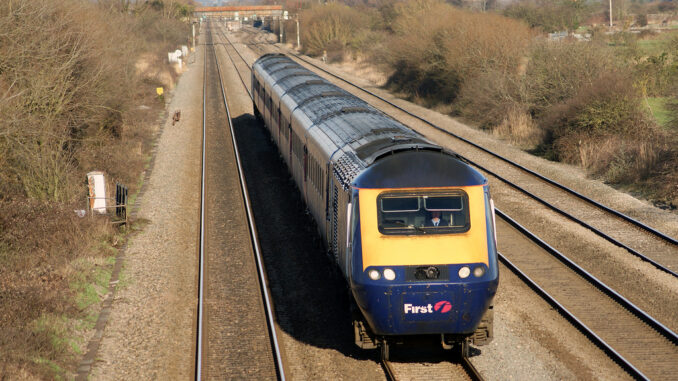
The railway system in Britain has been a pivotal part of its transport infrastructure for over two centuries, playing a crucial role in connecting communities, facilitating trade, and driving economic growth. However, since the privatisation of the railways in the mid-1990s, many have raised concerns about the efficacy and efficiency of the current system. Advocates for bringing Britain’s railways back into public ownership argue that it would yield numerous benefits. This article explores these potential advantages and discusses the cost implications of such a move.
Benefits of Public Ownership
- Reduced Fares and Increased Accessibility: One of the most significant advantages of public ownership is the potential reduction in ticket prices. Under a publicly owned system, profits could be reinvested into the network rather than distributed to private shareholders. This reinvestment could result in lower fares for passengers, making rail travel more accessible to a broader demographic, including low-income individuals and families.
- Improved Service Quality: Public ownership could foster a greater focus on customer service and operational efficiency. By prioritizing the needs of passengers over profit margins, we may see enhancements in service reliability, train frequency, and maintenance. Studies suggest that public transport systems often achieve higher satisfaction ratings when focused on community needs rather than profitability.
- Integrated Transport Solutions: A publicly owned railway could pave the way for better integration with other forms of public transport. With coordinated timetables and pricing structures, passengers could experience seamless connectivity between trains, buses, trams, and other local transport services. This integration would not only improve convenience for travellers but could also encourage more people to opt for public transportation over private vehicles, benefiting the environment by reducing carbon emissions.
- Strategic Investment in Infrastructure: The railway infrastructure requires significant investment to modernise and expand capacity. A publicly owned railway would facilitate more strategic investment decisions that focus on long-term benefits rather than short-term profits. Investments could be channelled into electrification, new technology, and expanding services to underserved areas, enhancing the overall transportation network.
- Greater Accountability and Transparency: With public ownership comes greater accountability to the government and, by extension, to the taxpayers. A public system could enforce transparency in operations, management, and financial activities. This accountability could mitigate issues related to inefficiency and mismanagement that are often exposed in privatized systems.
- Economic Stimulus: By reinvesting profits into the railroad system and creating more accessible transportation options, public ownership could stimulate local economies. Investments in the railway sector can create jobs, both directly within the railway infrastructure and indirectly through economic activity in associated sectors such as tourism and local businesses.
Cost Implications
While the benefits of public ownership are compelling, it is essential to consider the potential costs associated with this transition. Here are some factors to consider:
- Initial Financial Outlay: The initial costs of re-nationalising the railways would likely include purchasing shares from private companies, compensating them for their investments, and addressing any outstanding debts. Estimated figures for these costs can vary widely, but they could run into multiple billions of pounds.
- Investment in Modernisation: The existing rail infrastructure needs significant investment to bring it up to modern standards. This includes upgrading tracks, modernizing signalling systems, and expanding services. These investments could require substantial public funding.
- Ongoing Operational Costs: Public ownership would require funding ongoing operational costs. While this could be offset by increased passenger revenue from lower fares and improved service, a transitional period may require governmental support.
- Political and Public Policy Considerations: Re-nationalising the railways would require political consensus and clear public policy strategies. The cost implications could extend beyond financial expenditures to include broader economic and political capital, necessitating careful planning and commitment from government officials.
Conclusion
The debate over Britain’s railways and their ownership is a complex issue, intertwined with economic, social, and political threads. Advocates for public ownership emphasize the potential for reduced costs, improved service quality, enhanced accountability, and significant public benefits. However, the financial implications of such a transition must be carefully weighed and planned. As discussions surrounding transport reform continue, the focus on public ownership will likely remain a pertinent topic in the discourse on Britain’s future railway system. Balancing costs with substantial public benefits will be essential in any pathway forward.

Be the first to comment